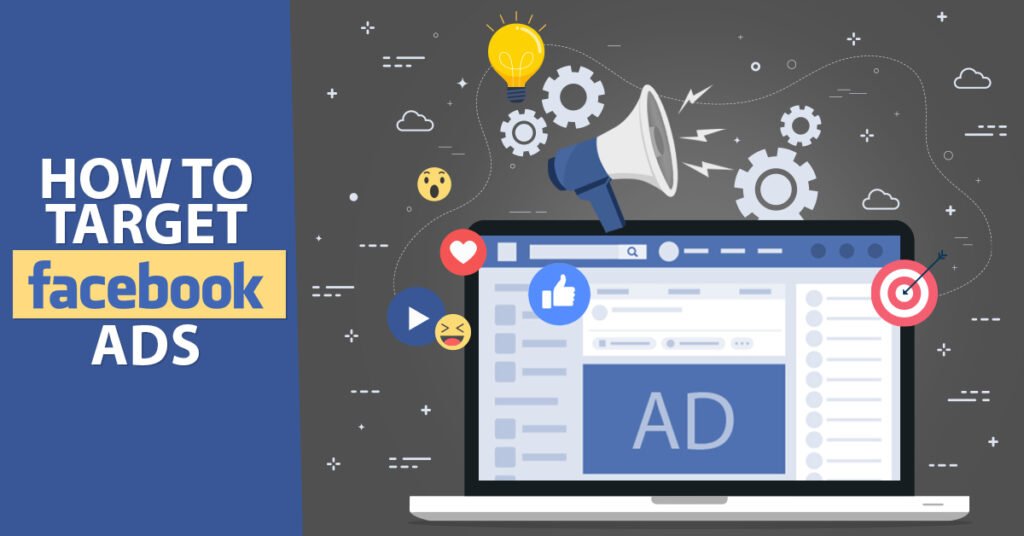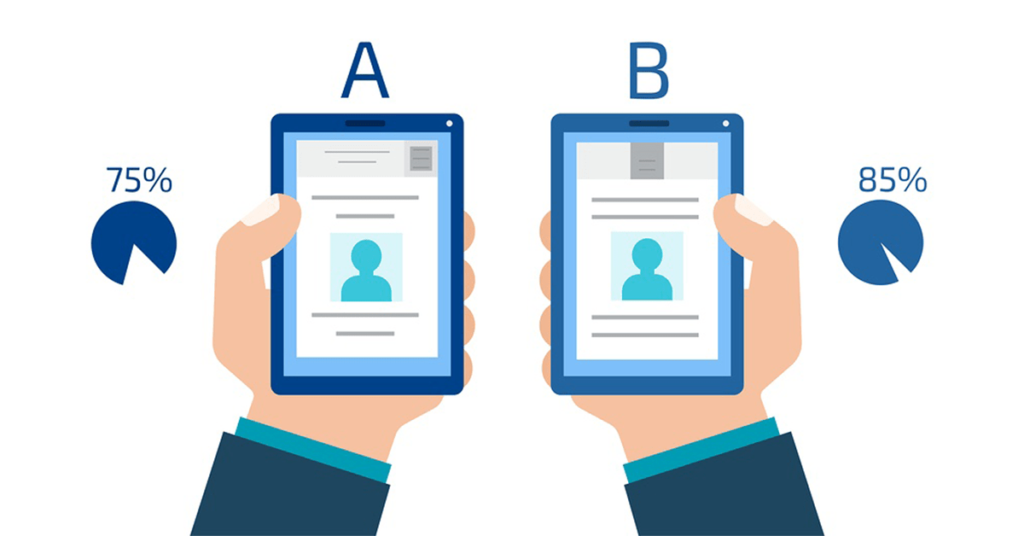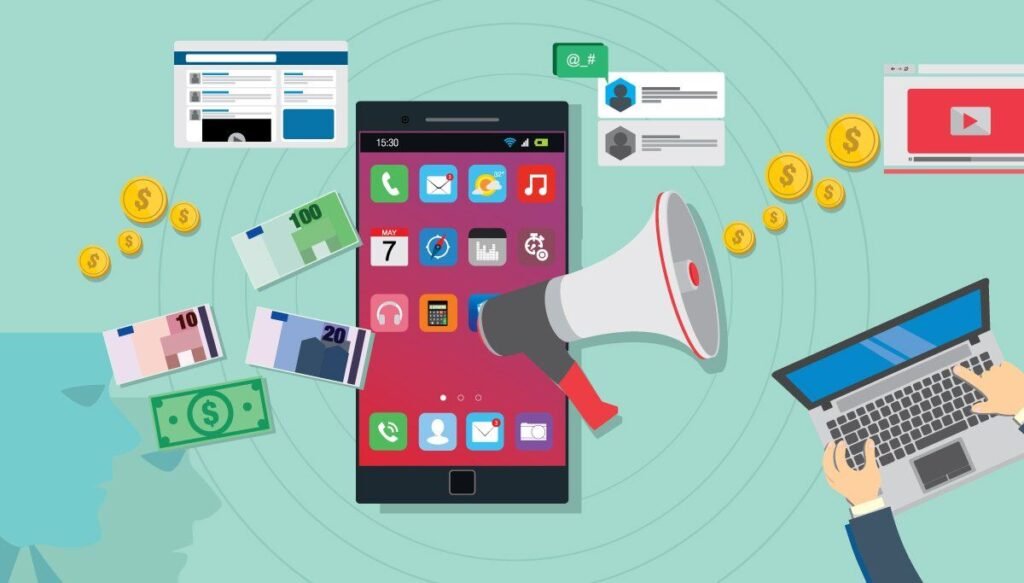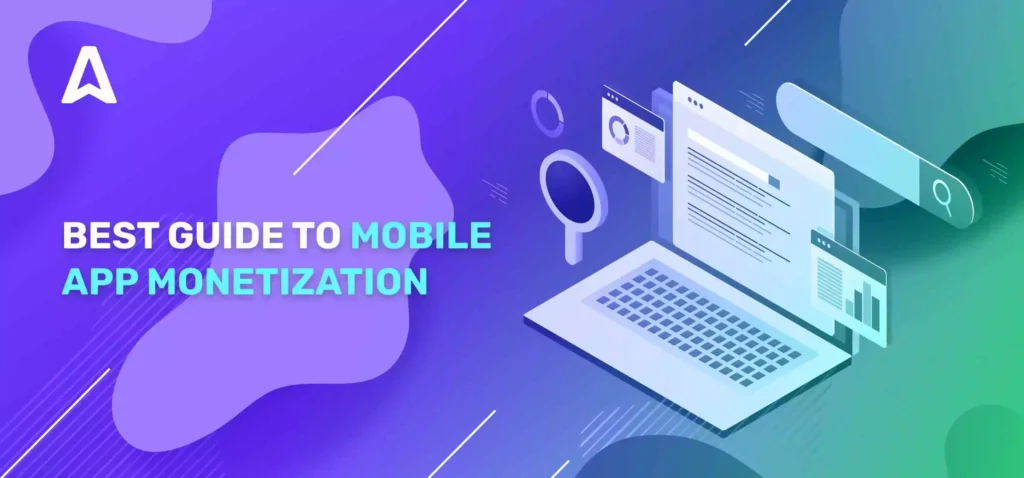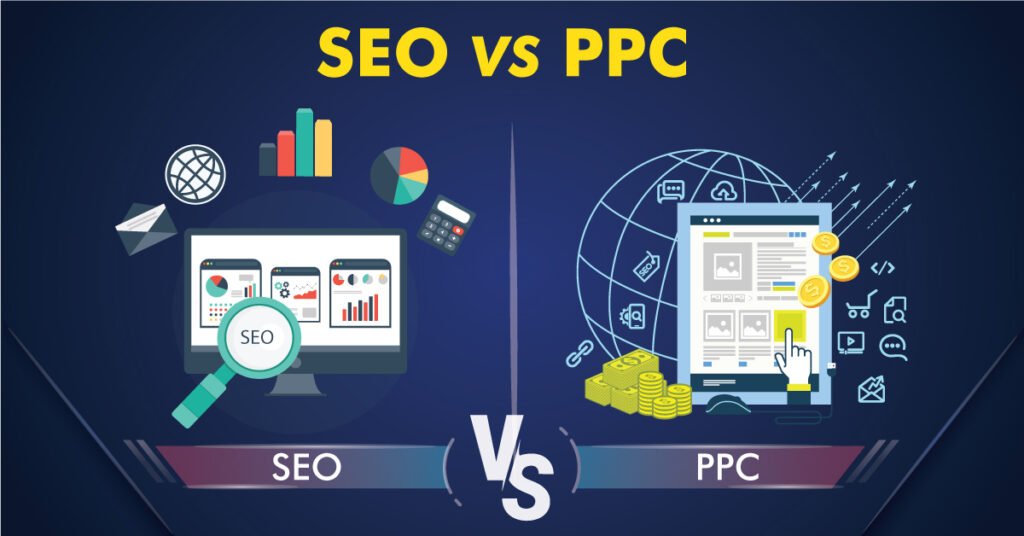Mastering the Art of Precision: Facebook Ads Targeting Strategies
Facebook Ads stand out as a potent tool for businesses to engage with their target audience in the vast world of digital advertising. However, using efficient targeting techniques is essential to realizing Facebook Ads’ full potential. We’ll delve into the nuances of Facebook Ads Targeting Strategies in this piece and reveal tactics that can improve your advertising. Recognizing Your Target Audience Any Facebook Ads campaign that is successful is built on a solid understanding of its target audience. To determine the demographics, interests, and behaviors of your potential clients, conduct in-depth market research. Make use of this data to develop buyer personas that will direct your targeting strategies. Utilizing Custom Audiences Custom Audiences is a feature on Facebook that lets you target users who have already engaged with your brand. To build a custom audience, upload your customer email list or website visitors. By using this tactic, you can increase the probability that users who are already familiar with your brand will see your message and become converted. Similar Audiences Use Lookalike Audiences to expand on the idea of Custom Audiences. Facebook utilizes its algorithms to find consumers that are similar to your current clientele. By using this strategy, you can reach a larger and more relevant audience and increase the effectiveness of your advertisements. Targeting by Demographic Utilize demographic variables like age, gender, geography, and language to fine-tune your ad targeting. Make sure the content of your ads speaks to the specific demographics of your target audience. This level of precision ensures that your ads are shown to users who are more likely to engage and convert. Interest-Based Targeting A lot of information about users’ interests and pastimes is gathered by Facebook. Make the most of this information by creating advertisements that speak to particular interests associated with your good or service. Make sure your advertising are relevant to people’ interests by fine-tuning your targeting depending on their pastimes, the pages they follow, or the material they interact with. Using behavior-based targeting Utilize user behavior on the internet to improve targeted precision. Facebook gives you the ability to target individuals according to their online behavior, including how they use their devices, make purchases, and how they want to travel. Adapt your advertisements to the actions of your users to make their experience more engaging and personalized. Optimization of Ad Placement Think about the Facebook pages where your audience is most engaged. Whether it’s in the News Feed, Instagram, or other platforms within the Facebook ecosystem, optimize your ad placements accordingly. Tailor your content to suit the format of each placement for a seamless and engaging user experience.. Seasonal and Trend-Based Targeting Adjust your strategy to take advantage of these trends and stay ahead of the competition. Sync your advertisements with holidays, current affairs, or business trends to draw in users who are actively discussing hot issues. A/B Testing Use A/B testing to hone your targeted strategy. Try a variety of audience segments, ad creatives, and copy to see what appeals to your audience the most. You can continuously optimize your Facebook ads and adjust to changing user preferences by conducting regular testing. Continuous Monitoring and Optimization The success of Facebook ads is a continuous process. To maximize the effectiveness of your targeting strategy, keep a close eye on the success of your ads, examine metrics, and make data-driven choices. Remain flexible, adjust to developments, and fine-tune your strategy in light of current information. Conclusion Gaining proficiency in Facebook Ads Targeting Strategies is a continuous process that calls for a blend of analytical thinking and artistic skill. Campaigns that connect with consumers on a personal level may be made that not only reach the correct users but also understand them by using advanced targeting options and being flexible. Use these tips to boost your Facebook Ads game, and watch as your campaigns soar to new heights of success in the world of digital advertising.
Mastering the Art of Precision: Facebook Ads Targeting Strategies Read More »

